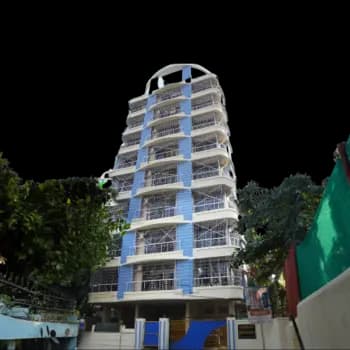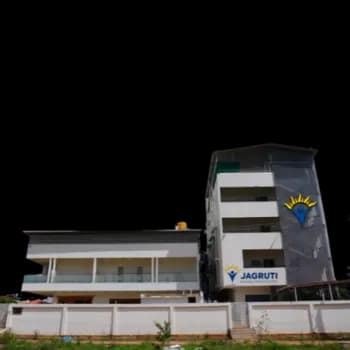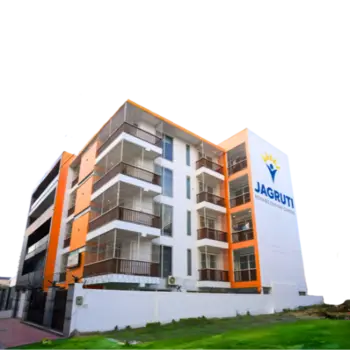Critical Incident Stress Management (CISM)
CISM is a structured intervention, scientifically validated, that attempts to support people experiencing traumatic or highly stressful situations. This provides support during these emotional turmoils and helps them cope in anticipation of the lingering mental health problems. This approach is important in that trauma can have long-lasting emotional-psychological effects when left unattended at an incessantly early stage.
In the context of rehabilitation centres, CISM becomes a guiding help to reintegrate mental health issues at the core of trauma. It offers support during recovery, regain stability and rebuild their lives. When formed, the scaffold becomes formerly suited for those injured by traumatic events in providing the treatment and guidance to proceed.
What Are Critical Incidents?
Critical incidents are sudden, unexpected events that may profoundly affect the feelings of individuals or groups or disrupt the emotional stability necessary to cope with the event.
Examples of critical incidents would include:
- Workplace Incidents: These relate to injuries sustained or fatalities caused at your workplace.
- Natural disasters: An earthquake, flood, or hurricane causes widespread damage and fear.
- Acts of violence or terrorism: Those involving physical harm or threats or large-scale violence.
- Sudden bereavement: Unexpected loss of a loved one that leaves an emotional shock.
- Medical emergencies: Threats of medical emergencies within the near time frame are very indicative of extreme mental stress to a person.
Such incidents always provoke emotions and psychogenic responses such as anxiety, depression, and PTSD. Individuals affected by such incidents should promptly come to realize the event of critical incidents and other conditions as a stepping stone toward recovery of one's mental condition.
Defining Critical Incident Stress
Critical incident stress is the emotional and physical response after one has witnessed a terrible incident. The reactions can come in many forms and are usually disastrous to the health of the person. Some of the most commonly mentioned are:
- Intrusive thoughts or flashbacks: It is the repetition of mental reliving of the unpleasantries of what has just taken place.
- Sleep disturbances: Almost always having extreme difficulty falling back to sleep and staying asleep, most frequently with the cause of heralding nightmares.
- Detachment or numbing: Feeling emotionally detached or disconnected toward close friends or family.
- Lack of attention: Difficulties focusing on tasks or making decisions.
- Physical symptoms: Headaches, fatigue or tightness in the neck, body aches, et cetera.
If not treated and taken care of on time, the symptoms will worsen with time, which will increasingly make it difficult to accomplish simple tasks in daily life, including those concerning mental health. Thus, identification of the critical incident stress early and an attempt to handle the situation at this stage is one of the significant preventive measures.
What does critical incident stress management involve?
CISM is a general approach and evidence-based process in intervention that seeks to reduce the critical incident after-effects of stress. It helps the sufferer to recover. The CISM concept was developed by Dr. Jeffrey T. Mitchell in the 1980s. CISM covers a number of strategies meant to meet the emotional, cognitive, and physical needs of individuals who become exposed to traumatic events.
The components of CISM include the following:
Pre-Incident Education:
Equipping personnel to recognize signs and symptoms of stress and making the individuals more resilient. Educating people with skills which they can use to cope even if a critical incident occurs.
Individual Support and Group Support:
Debriefing or counseling. This offers members an opportunity to narrate their feelings and experiences toward aiding in the processing of those emotions.
Defusing Sessions
Offered shortly after critical incidents and in the wake of trauma, this service provides emotional support as swiftly as possible. It seeks to stabilize individuals and alleviate acute stress reactions. These sessions allow people to navigate their immediate feelings in a secure environment, thereby averting the escalation of stress. By addressing emotional distress early on, they establish a foundation for long-term recovery. This process is known as Critical Incident Stress Debriefing (CISD).
Critical Incident Stress Debriefing (CISD)
Structured group discussions usually occur within 24 hours to 72 hours after the event. This helps participants to work out their emotions and informs them on the impact of stress as well as how to deal with it.
Follow-up and Referral Service
It is focused on those requiring extended support for mental health services. Therefore, it's the maintenance of continuity in focus toward the topic over time; no individual is left alone to figure out his challenges since it brings together initial intervention and comprehensive mental health care. It also promotes trust because there's a demonstrated consistency in one's commitment to continuous well-being.
Impact of Critical Incident Stress Management
The impact CISM will have on persons and organizations is not to be underrated. Amongst others, this includes:
- Reduced Psychological Distress: Obviously, the sooner in time the intervention happens, the milder will the symptoms, either emotional or physical be.
- Improved Recovery: Recovery helps in psychological and emotional healing much earlier.
- Prevent Chronic Problems: It prevents others from having to endure post-traumatic stress disorder or clinical depression.
- Increased Resilience: Participants will learn, in addition, how better to cope in the long run.
- Better Unit Cohesion: In critical situations, the unit acquires a sharper focus and stronger faith in and with its individuals.
Benefits of Critical Incident Stress Management in Rehabilitation
CISM enhances the already available treatment protocols and methodologies in rehabilitation centers, hence giving a more holistic approach to handling the client.
Coping Mechanism
Each traumatic experience would be dealt with in the rehabilitation center. It serves as an essential intervention for those who are struggling with critical incident stress. The course helps people understand their emotional reactions and equips them with concrete tools to move through their trauma. In this way, it instills a proactive attitude and prevents the development of long-term psychological problems.
Supportive Healing Environment
In these early interventions, the CISM procedure is activated, and consequently, an environment sets in which promotes recovery. This early intervention not only helps stabilize the emotional response but also opens room for the feeling of safety and trust in the therapeutic space, thereby making it possible to recover faster emotionally.
Integration into Other Therapies
It integrates very smoothly with cognitive-behavioral therapy, mindfulness practices, and many other therapeutic modalities. Such adaptability adds up to a more holistic and individualized approach towards wellness along the healing trajectory. It thus fulfills the both acute and long-term needs of those who go through the therapy.
Empowerment of Individuals in Recovery
It is a learning that gives tools for the management of stress, therefore creating more confident and autonomous rehabilitations. CISM fosters self-awareness and equips with practical coping skills to allow an individual to be active in his or her recovery. Such empowerment, of course, leads to better outcomes and prepares him or her to face further challenges more confidently.
How We Incorporate CISM in Our Rehabilitation Approach
Appreciate individual needs at the rehabilitation centre. Here is how CISM is applied:
- Comprehensive Assessment - Start with a thorough assessment to determine those impacted by critical incident stress, so our interventions are tailored to their needs.
- Competent and Caring Professionals - The team comprises trained CISM practitioners who offer required support and is caring and professional in every aspect of the intervention.
- Comprehensive Healing Programs - Combine CISM with physical, emotional, and psychological therapies, touching every area of recovery.
- Monitoring and Support Continuously - Continuously-following up ensures that recovery becomes permanent and overall wellness.
Conclusion
Trauma management cannot thrive without Critical Incident Stress Management at its core. Essentially, Critical Incident Stress Management is a structured and humane intervention that can aid the approach to critical incident's aftermath. We believe that at rehab centres, CISM is the ideal way of instilling hope, healing, and confidence in the lives of our subjects. If you are having strife or know someone having it with the aftermath of such a critical incident, just help yourself or others by calling one for help.







